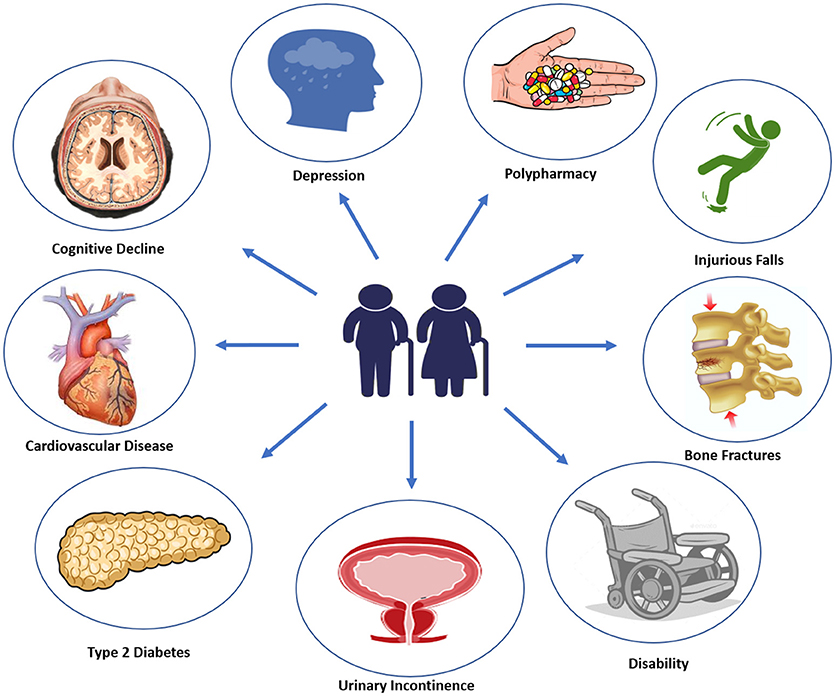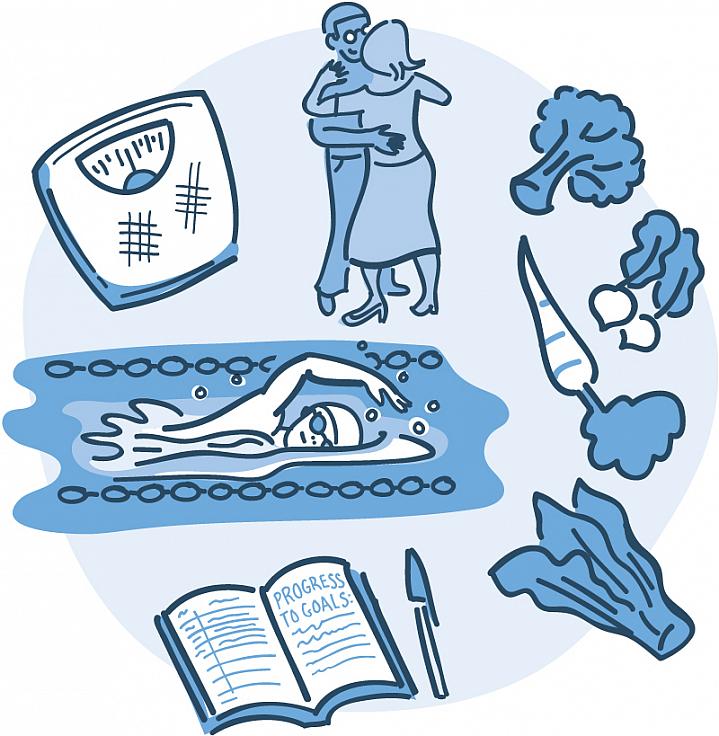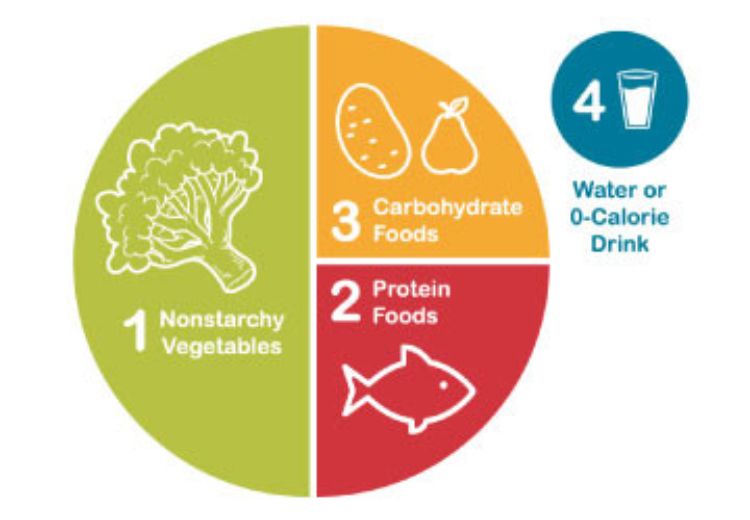How to Reduce Your Risk of Type 2 Diabetes

How to Reduce Your Risk of Type 2 Diabetes
As we age, our risk of developing type 2 diabetes increases, but there are many practical steps you can take to reduce this risk. For middle-aged individuals, making informed lifestyle choices can significantly impact your health and well-being. In this article, we will explore the most effective ways to lower your risk of type 2 diabetes, tailored to the needs and lifestyle of individuals aged 40-55.
Understanding Type 2 Diabetes
Type 2 diabetes is a condition characterized by high blood sugar levels due to insulin resistance and reduced insulin production. It is influenced by a combination of genetic predisposition and lifestyle factors. Unlike type 1 diabetes, type 2 diabetes can often be managed or even prevented through lifestyle changes.

Why Is It Important to Act Now?
-
Prevalence: Type 2 diabetes is increasingly common, affecting millions worldwide.
-
Complications: If left unmanaged, it can lead to serious health issues such as heart disease, kidney damage, and vision problems.
-
Preventability: Lifestyle changes can significantly reduce the risk or delay the onset of type 2 diabetes.

Practical Steps to Reduce Your Risk

1. Maintain a Healthy Weight
Being overweight or obese is a major risk factor for type 2 diabetes. Losing just 5-7% of your body weight can significantly reduce your risk. For example, if you weigh 200 pounds, aiming to lose 10-14 pounds can make a difference .15.
Tips for Weight Loss:
-
Eat Smaller Portions: Reduce calorie intake by eating smaller meals.
-
Choose Low-Calorie Foods: Focus on fruits, vegetables, whole grains, and lean proteins.
-
Stay Hydrated: Drink water instead of sugary beverages.
2. Increase Physical Activity
Regular exercise not only helps with weight management but also improves insulin sensitivity. Aim for at least 30 minutes of moderate-intensity activity, such as brisk walking, five days a week .4 .9.
Incorporating Exercise into Your Routine:
-
Start Slowly: Begin with short walks and gradually increase duration and intensity.
-
Find Activities You Enjoy: Engage in sports, swimming, cycling, or dancing to keep exercise enjoyable.
-
Break Up Sitting Time: Take short breaks to stretch or move throughout the day.
3. Adopt a Healthy Diet
A balanced diet plays a crucial role in managing blood sugar levels and reducing the risk of type 2 diabetes.
Healthy Eating Tips:
-
Choose Complex Carbohydrates: Focus on whole grains, fruits, and vegetables.
-
Limit Refined Carbohydrates: Avoid foods like white bread and sugary cereals.
-
Incorporate Healthy Fats: Nuts, seeds, avocados, and olive oil are beneficial.
-
Reduce Red and Processed Meat: Opt for lean proteins like fish, chicken, and plant-based options .12.
4. Stay Hydrated
Drinking water instead of sugary beverages can help control blood sugar levels and support weight management .2.

5. Quit Smoking
Smoking contributes to insulin resistance, increasing the risk of type 2 diabetes. Quitting can significantly reduce this risk over time .9.

6. Limit Alcohol Consumption
Excessive alcohol consumption is linked to an increased risk of type 2 diabetes. Follow government guidelines for alcohol intake .9.

7. Get Enough Fiber
Consuming fiber at each meal can help prevent spikes in blood sugar and insulin levels .2.

8. Engage in Stress-Reducing Activities
Stress can impact blood sugar levels. Engage in stress-reducing activities like meditation or yoga to help manage stress.

9. Monitor and Manage Blood Pressure
High blood pressure is linked to an increased risk of type 2 diabetes. Regularly check your blood pressure and work with your healthcare provider to manage it if necessary.

10. Stay Connected with Nature
Living in areas with more greenspace has been associated with a reduced risk of type 2 diabetes. Engage in outdoor activities or simply spend time in parks and gardens .1.

Creating a Sustainable Lifestyle Change

Set Realistic Goals
-
Start Small: Begin with achievable changes, like adding a daily walk or reducing sugar intake.
-
Track Progress: Use a journal or app to monitor your diet and activity levels.

Seek Support
-
Family and Friends: Share your goals with loved ones and ask for their support.
-
Healthcare Professionals: Consult with your doctor or a registered dietitian for personalized advice.
:max_bytes(150000):strip_icc()/GettyImages-1137620268-336f98a1733945649cf9413e1bfcb909.jpg)
Stay Motivated
-
Celebrate Milestones: Reward yourself for reaching small milestones.
-
Find a Community: Join a fitness group or online forum to stay motivated.

Conclusion
Reducing your risk of type 2 diabetes requires commitment and patience, but the benefits are well worth the effort. By incorporating these practical lifestyle changes into your daily routine, you can significantly lower your risk and improve your overall health. Remember, every small step counts, and making these changes can lead to a healthier, more fulfilling life.
Additional Resources:
-
Diabetes Prevention Programs: Look for local programs or online resources that offer structured guidance on preventing type 2 diabetes.
-
Health Apps: Utilize apps that track your diet, exercise, and blood sugar levels to stay informed and motivated.
-
Support Groups: Join online forums or local support groups to connect with others who are working towards similar health goals.
By taking control of your health today, you can ensure a healthier tomorrow.











